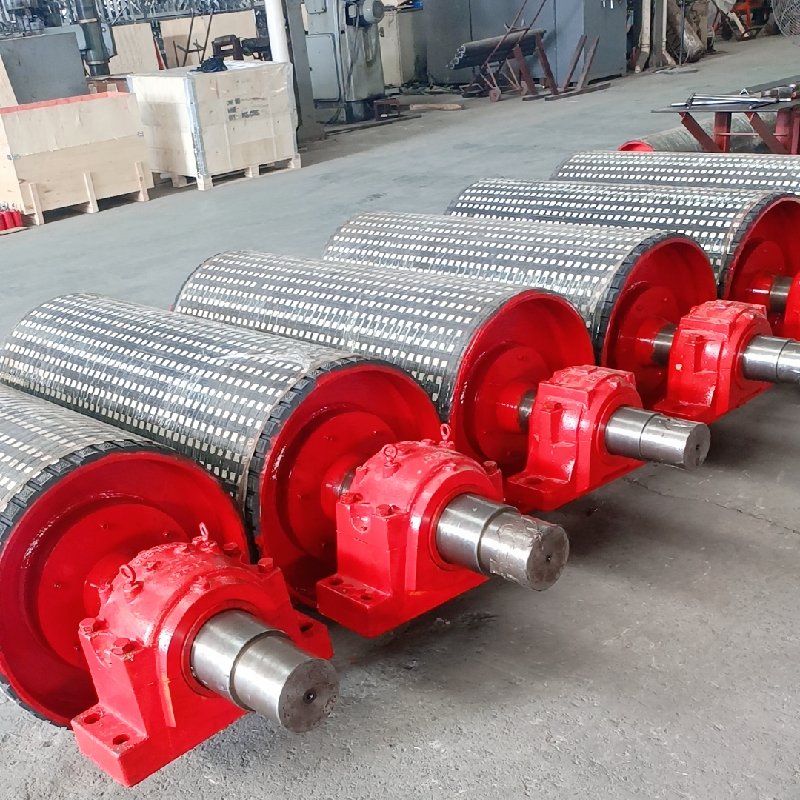 Afrikaans
Afrikaans  Albanian
Albanian  Amharic
Amharic  Arabic
Arabic  Armenian
Armenian  Azerbaijani
Azerbaijani  Basque
Basque  Belarusian
Belarusian  Bengali
Bengali  Bosnian
Bosnian  Bulgarian
Bulgarian  Catalan
Catalan  Cebuano
Cebuano  Corsican
Corsican  Croatian
Croatian  Czech
Czech  Danish
Danish  Dutch
Dutch  English
English  Esperanto
Esperanto  Estonian
Estonian  Finnish
Finnish  French
French  Frisian
Frisian  Galician
Galician  Georgian
Georgian  German
German  Greek
Greek  Gujarati
Gujarati  Haitian Creole
Haitian Creole  hausa
hausa  hawaiian
hawaiian  Hebrew
Hebrew  Hindi
Hindi  Miao
Miao  Hungarian
Hungarian  Icelandic
Icelandic  igbo
igbo  Indonesian
Indonesian  irish
irish  Italian
Italian  Japanese
Japanese  Javanese
Javanese  Kannada
Kannada  kazakh
kazakh  Khmer
Khmer  Rwandese
Rwandese  Korean
Korean  Kurdish
Kurdish  Kyrgyz
Kyrgyz  Lao
Lao  Latin
Latin  Latvian
Latvian  Lithuanian
Lithuanian  Luxembourgish
Luxembourgish  Macedonian
Macedonian  Malgashi
Malgashi  Malay
Malay  Malayalam
Malayalam  Maltese
Maltese  Maori
Maori  Marathi
Marathi  Mongolian
Mongolian  Myanmar
Myanmar  Nepali
Nepali  Norwegian
Norwegian  Norwegian
Norwegian  Occitan
Occitan  Pashto
Pashto  Persian
Persian  Polish
Polish  Portuguese
Portuguese  Punjabi
Punjabi  Romanian
Romanian  Russian
Russian  Samoan
Samoan  Scottish Gaelic
Scottish Gaelic  Serbian
Serbian  Sesotho
Sesotho  Shona
Shona  Sindhi
Sindhi  Sinhala
Sinhala  Slovak
Slovak  Slovenian
Slovenian  Somali
Somali  Spanish
Spanish  Sundanese
Sundanese  Swahili
Swahili  Swedish
Swedish  Tagalog
Tagalog  Tajik
Tajik  Tamil
Tamil  Tatar
Tatar  Telugu
Telugu  Thai
Thai  Turkish
Turkish  Turkmen
Turkmen  Ukrainian
Ukrainian  Urdu
Urdu  Uighur
Uighur  Uzbek
Uzbek  Vietnamese
Vietnamese  Welsh
Welsh  Bantu
Bantu  Yiddish
Yiddish  Yoruba
Yoruba  Zulu
Zulu belt and pulley drive
Belt and Pulley Drive Systems An Overview
Belt and pulley drive systems are fundamental mechanical arrangements utilized in various machines and equipment to transfer power efficiently. This method employs flexible belts that wrap around pulleys, allowing for the transmission of motion and force from one shaft to another. Commonly found in automotive engines, industrial machinery, and even household appliances, the belt and pulley system showcases an elegant solution to power transmission, often outperforming other methods such as gears or chains in terms of simplicity and versatility.
One of the key advantages of belt and pulley systems is their ability to accommodate different shaft speeds. When a smaller pulley drives a larger one, the output speed decreases but increases the torque, making this system particularly useful in applications where varying speed and power are required. This variable speed capability is especially advantageous in industries where equipment needs to adjust to different working conditions.
Belt types play a crucial role in the efficiency and effectiveness of these drive systems. There are several types of belts, including flat belts, V-belts, toothed belts, and synchronous belts, each designed for specific applications. Flat belts, for instance, work well for transferring power over long distances, while V-belts are prized for their grip and ability to handle higher loads. Toothed and synchronous belts, on the other hand, offer precise timing and minimal slippage, which is essential in applications like automotive timing mechanisms.
belt and pulley drive

The material composition of the belts also significantly impacts their performance. Traditionally made from rubber, modern belts may include synthetic materials that enhance their durability, flexibility, and resistance to wear and environmental factors. This advancement in materials has increased the lifespan and reliability of belt and pulley systems, making them a go-to choice in numerous industries.
Installation and maintenance of belt and pulley drives are relatively straightforward, adding to their appeal
. Proper tensioning is critical to avoid slippage and premature wear; hence, manufacturers often provide guidelines on installation to ensure optimal performance. Regular inspection can also minimize downtime, as identifying issues like misalignment or excessive wear can lead to timely replacements and repairs.While belt and pulley systems are highly effective, they do have some limitations. Over time, belts can stretch, resulting in decreased efficiency and requiring adjustments or replacements. Additionally, they are usually less efficient at higher speeds compared to chain drives or gears, primarily due to slippage and friction losses.
In conclusion, belt and pulley drive systems are an essential component of modern engineering and mechanics. With their ability to efficiently transmit power across varying distances, accommodate speed variations, and support various load requirements, they play a critical role in a wide array of applications. As technology advances, the continuous improvement in belt materials and designs ensures that these systems remain vital in meeting the demands of current and future industries. Understanding their strengths and limitations allows engineers to make informed decisions when designing machinery, ultimately leading to enhanced performance and productivity across sectors.
-
Revolutionizing Conveyor Reliability with Advanced Rubber Lagging PulleysNewsJul.22,2025
-
Powering Precision and Durability with Expert Manufacturers of Conveyor ComponentsNewsJul.22,2025
-
Optimizing Conveyor Systems with Advanced Conveyor AccessoriesNewsJul.22,2025
-
Maximize Conveyor Efficiency with Quality Conveyor Idler PulleysNewsJul.22,2025
-
Future-Proof Your Conveyor System with High-Performance Polyurethane RollerNewsJul.22,2025
-
Driving Efficiency Forward with Quality Idlers and RollersNewsJul.22,2025





























